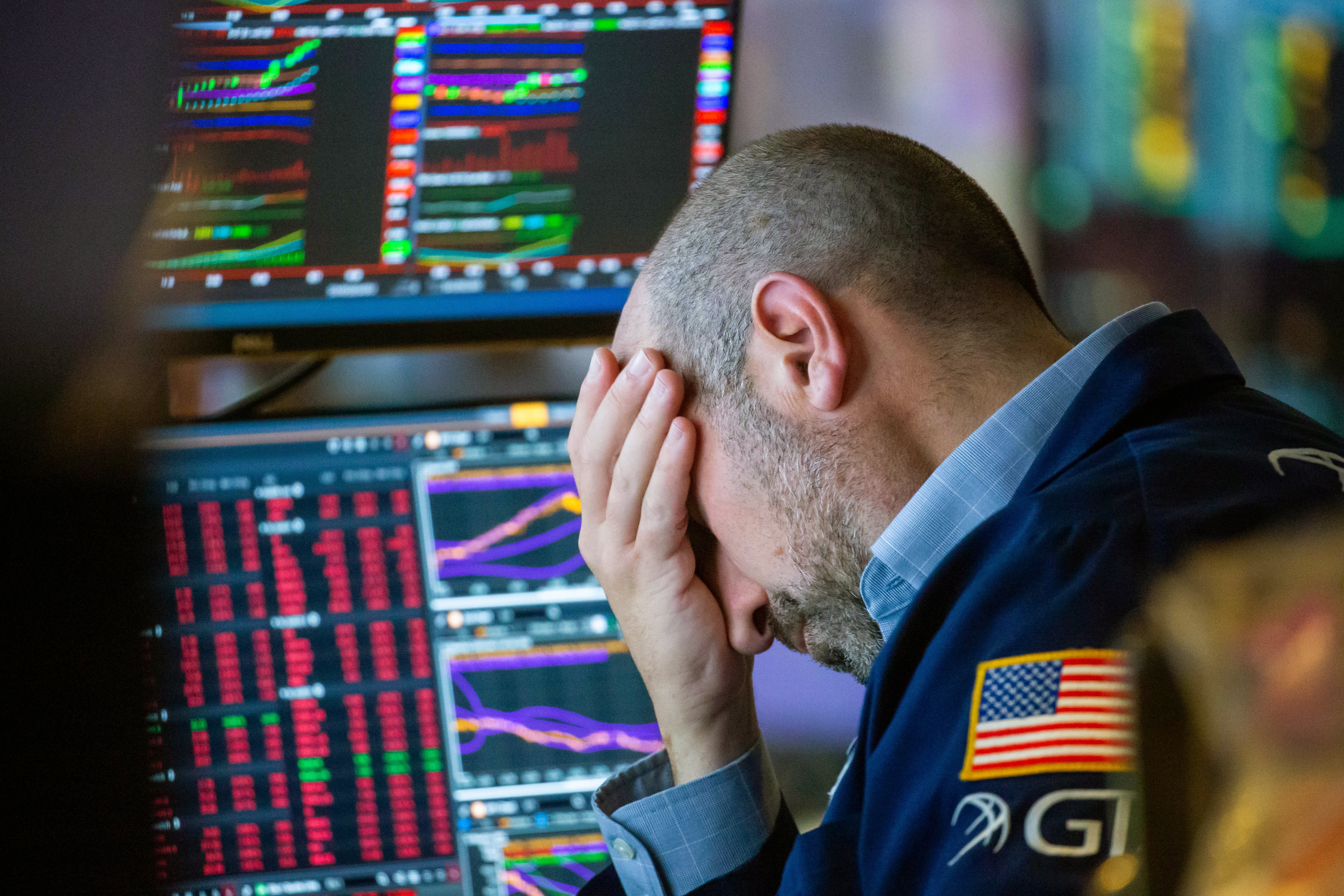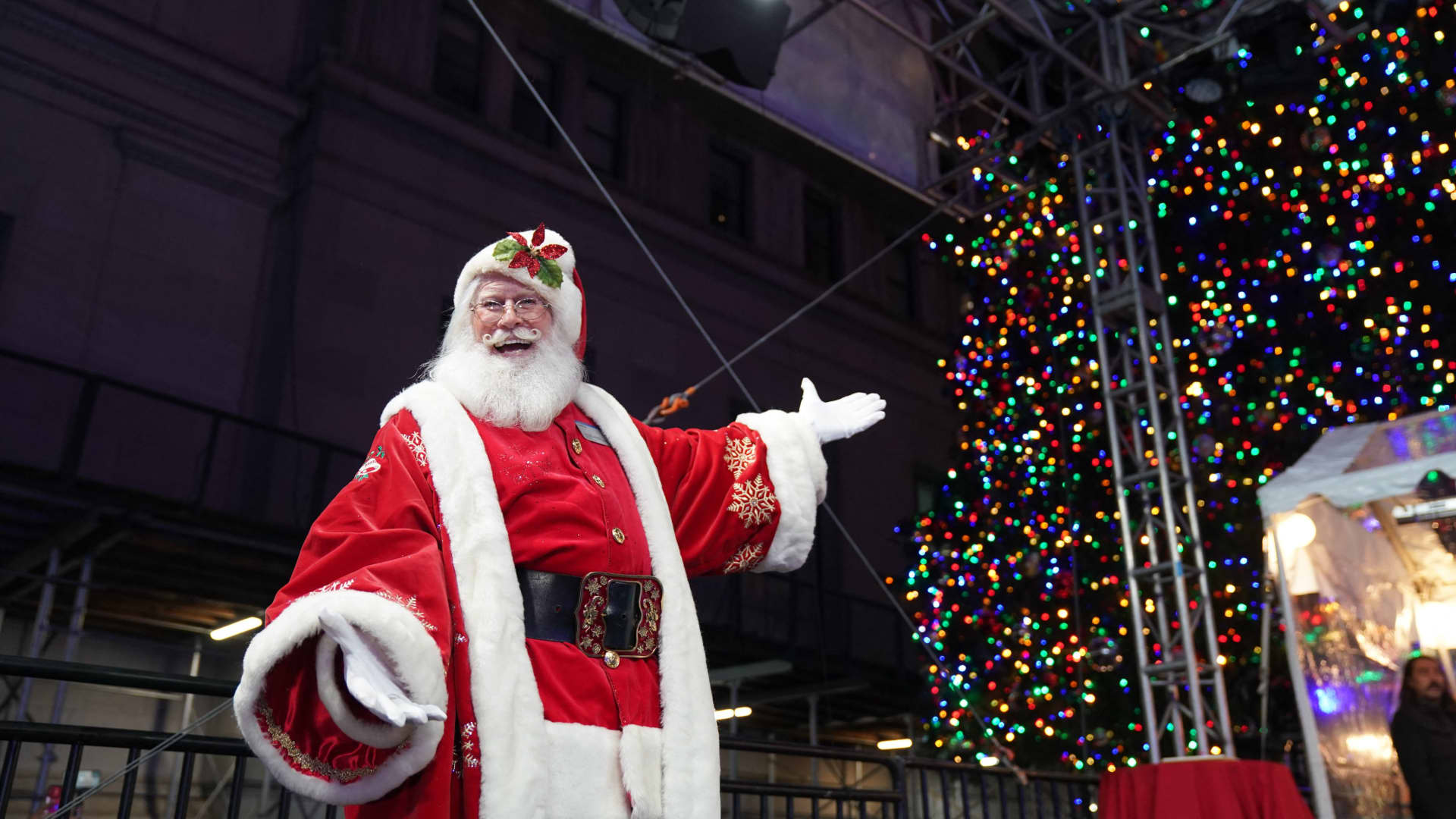Products You May Like
If history is a guide, stock investors may be poised to get a gift over the holidays.
U.S. stocks often gallop at year-end, delivering higher returns for investors. The trend, known as the “Santa Claus rally,” encompasses the last five trading days of the calendar year and the first two of the new year.
related investing news




In the past two decades, the S&P 500 Index — a barometer of U.S. stock performance — has increased by 0.7% a year, on average, over those seven trading days, according to FactSet data. The S&P 500 was positive during those seven days in 15 of the 20 years — or 75% of the time, FactSet found.
The trend holds when looking further back, too.
During that particular seven-day trading period, the S&P 500 was up an average 1.3% a year dating to 1950 and was positive in 79% of those years, according to an analysis by Michael Batnick, managing partner at Ritholtz Wealth Management.
More from Personal Finance:
401(k) ‘hardship’ withdrawals hit record high, Vanguard says
Long Covid is distorting the labor market — and that’s bad for the U.S. economy
How to reduce the sting of taking RMDs in a down market
By comparison, S&P 500 returns were a much smaller 0.24% during all other seven-day trading periods dating to 1950, Batnick said. Stocks were positive 58% of the time over those periods.
“That is meaningful,” Batnick said of the difference in returns and positivity rate.
December tends to be among the strongest months of the year for U.S. stock performance. Since 1926, only returns in July and April have outpaced December’s average — about 1.9% and 1.7% versus 1.6%, respectively, according to data from Morningstar Direct.
It’s a bit hazy why the Santa Claus rally exists
It’s not entirely clear why stocks typically rally in December and into January. Possible contributors include optimism about the coming year, holiday spending, stock traders on vacation and institutions squaring their books — even the holiday spirit.
“When you think of a Santa Claus rally, it’s all about anticipating or looking forward,” said Terry DuFrene, global investment specialist at J.P. Morgan Private Bank in New Orleans. “Now you have a chance to hit the reset button.”
Ed Yardeni, president of Yardeni Research, told CNBC that Santa Claus rallies are “particularly predictable and strong” during midterm election years, which often provide a tailwind to the stock market — and it generally doesn’t matter which party takes control of the House or Senate.
“Midterm elections, no matter what, have a tendency to be very bullish, and the Santa Claus rally continues through the next three, six, 12 months,” he said.
The market generally responds positively to divided government due to the relative predictability that comes with legislative gridlock. Republicans took the House and Democrats retained control of the Senate in this year’s midterm elections.
Whatever the reason for the Santa Claus rally, investors can use a bit of good news.
The S&P 500 is down about 17% in 2022. Bonds, typically a ballast when stocks are down, have also been in the doldrums; the Bloomberg U.S. Aggregate bond index, a barometer of U.S. bonds, is down 11% in 2022.
Of course, past performance doesn’t mean it’s a given stocks will rally.
The Federal Reserve is poised to continue its cycle of raising interest rates during a policy meeting next week. The central bank began raising borrowing costs aggressively in March this year to tame stubbornly high inflation.
On Tuesday, Americans will get a look at whether inflation eased further in November, when the U.S. Bureau of Labor Statistics issues its latest monthly consumer price index report.
A larger-than-expected increase in interest rates or signs that inflation was hotter than anticipated could fuel stock-market jitters toward year-end.
